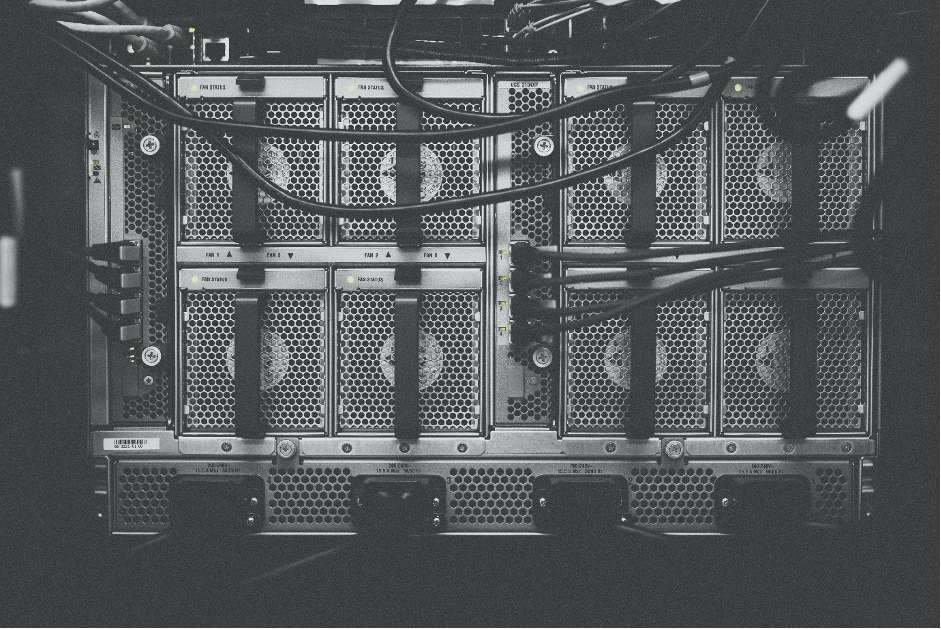While looking for a colocation data center for your company’s IT needs, you may come across the terms like “Tier 1” or “Tier 2” data centers. It is important to know the ranks of data center tiers. That way, you can make an informed decision while choosing a data center for your business. A wrong decision may lead to downtime issues and unwarranted expenses.
Data center tier classification is a standardized method to rank data centers according to their reliability and potential infrastructure performance. In this method, data centers are classified into four levels: Tier 1, Tier 2, Tier 3, and Tier 4. According to the system availability in need, the classifications are made.
However, remember that tier certification ratings are not legally required. Thus, all data centers do not have an assigned tier. Read on to learn about the four accepted data center tier rankings and what to expect from each tier in terms of infrastructure and availability.
Tier 1
A Tier 1 data center has dedicated space for storing the servers and other hardware. The space may or may not have a locked door. It is equipped with an uninterruptible power supply (UPS) and dedicated cooling equipment. The cooling equipment must run 24 hours a day. That is to ensure the temperature of the space is in control. It also must have an engine generator to keep the servers and other equipment running during a power outage.
A Tier 1 data center has a 99.671% uptime per year. These centers have the ability to protect against power spikes and regular outages. However, they are not ready to handle unexpected failures or outages. They need to shut down these data centers for all preventive maintenance and repair.
Tier 2
A Tier 2 data center has all the facilities offered by a Tier 1 data center; additionally, it includes some partial redundancy in power and cooling components.
Like Tier 1, these centers also depend on single power and a cooling distribution path, so they are not totally redundant. However, they can offer increased protection caused by equipment failure. Tier 2 data centers have a 99.741% uptime per year.
Tier 3
Unlike Tier 1 and Tier 2 data centers, in Tier 3 data centers, all the IT equipment is attached to multiple independent distribution paths. In the case of planned maintenance and repair work, these data centers do not require to be shut down.
In a Tier 3 data center, all the equipment has dual power supplies attached to different UPS units. One UPS unit can be shut off without affecting performance. It also has redundant cooling systems that ensure if one cooling unit stops working, the other one starts up and continues to cool the space. Tier 3 data centers have a 99.982% uptime per year.
Tier 4
A Tier 4 data center contains several independent and physically isolated systems that make it fully fault tolerant. It means that no individual equipment failure or distribution path interruption will have an impact on IT operation.
It must have all the systems in place to ensure continuous support and services, no matter what happens. A Tier 4 data center guarantees 99.995% uptime a year.
Coloco offers colocation services in Baltimore and the Washington D.C. area. Coloco data centers have multiple transit providers and redundant connectivity. A generator in Coloco data centers always protects your equipment. Visit Coloco to learn more about our services and more about data center tiers.

